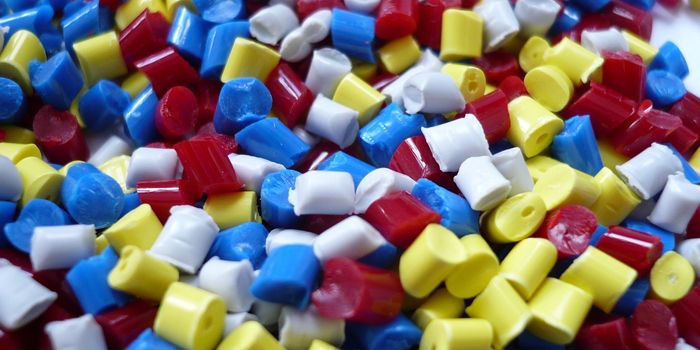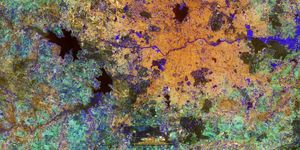New development in soft robotics
Soft material robotics are often more resilient and adaptable than conventional robotics, but there is one shortcoming - the presence of stiff control sensors limits their flexibility. So researchers from the Graduate School of Information Science and Technology at UTokyo are trying to fix that by creating embedded sensors that can replace traditional sensors.
The team utilized a machine learning technique called reservoir computing to design the sensors for soft-bodied robots that are needed for their core functioning and behaviors. In reservoir computing, information about a system is fed into a special artificial neural network in real-time, making the model forever-adaptable.
The system in which the researchers applied this technique is called PAM, or pneumatic artificial muscles. "Take for example a robot with pneumatic artificial muscles, rubber and fiber-based fluid-driven systems which expand and contract to move," said Associate Professor Kohei Nakajima from the Graduate School of Information Science and Technology. "PAMs inherently suffer random mechanical noise and hysteresis, which is essentially material stress over time. Accurate laser-based monitors help maintain control through feedback, but these rigid sensors restrict a robot's movement, so we came up with something new."
"We found the electrical resistance of PAM material changes depending on its shape during a contraction. So we pass this data to the network so it can accurately report on the state of the PAM," said Nakajima. "Ordinary rubber is an insulator, so we incorporated carbon into our material to more easily read its varying resistance. We found the system emulated the existing laser-displacement sensor with equally high accuracy in a range of test conditions."
This system opens new doors for soft material robotics, especially with robots that work with humans as wearable rehabilitation devices or biomedical robots. But the researchers aren’t stopping there - they think their findings have even bigger implications.
"Our study suggests reservoir computing could be used in applications besides robotics. Remote-sensing applications, which need real-time information processed in a decentralized manner, could greatly benefit," said Nakajima. "And other researchers who study neuromorphic computing -- intelligent computer systems -- might also be able to incorporate our ideas into their own work to improve the performance of their systems."
Sources: Eureka Alert, UTokyo









